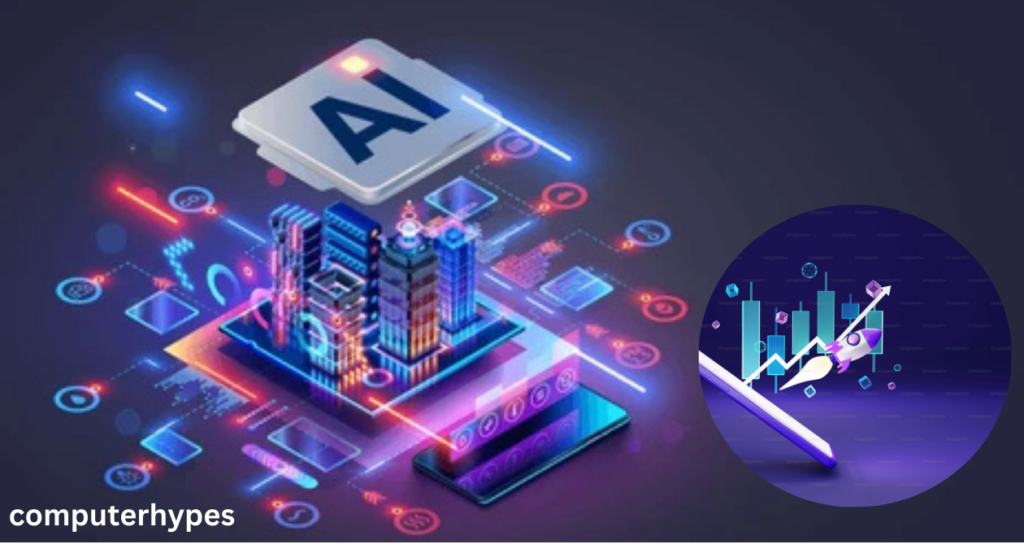Revolutionizing Business with IT Infrastructure Transformation
In today’s digital-first world, your IT infrastructure isn’t just a support system—it’s the backbone of your entire business. Let’s explore how transforming that backbone can put your business on the fast track to innovation and growth.
click in link ipad for retail business
What is IT Infrastructure Transformation?
IT infrastructure transformation is the process of modernizing and upgrading your company’s core technology systems—think hardware, software, networks, and storage—to align with evolving business goals and digital trends. It’s like giving your tech a major makeover.
Why It’s Critical for Modern Businesses
The business world is moving at lightning speed. If your infrastructure can’t keep up, you risk falling behind.
The Impact on Scalability and Flexibility
Modern infrastructures are scalable by design. Want to onboard 1,000 users tomorrow? Or deploy an app globally? A transformed infrastructure makes it possible without breaking a sweat.
Enhancing Customer Experience
Faster systems, reliable services, and secure environments mean happier customers. And let’s be honest—customer experience is everything.
Traditional vs. Modern IT Infrastructure
Let’s take a moment to understand where we’ve come from and where we’re headed.
Physical Servers vs. Cloud Solutions
Old-school data centers were physical and bulky. Now, cloud computing offers storage and computing power that’s faster, cheaper, and scalable on demand.
On-Premises vs. Hybrid Models
Many companies are moving to hybrid setups—a mix of on-premises systems and cloud services. This gives you the best of both worlds: control and flexibility.
Hardware, Software, and Networking Basics
Before transforming, you need to understand the key components:
- Hardware: Servers, routers, storage devices
- Software: Applications, databases, operating systems
- Network: The glue that keeps everything connected
Drivers Behind IT Infrastructure Transformation
So, why is everyone hopping on the transformation train?
Cloud Computing and Virtualization
Cloud platforms like AWS, Azure, and Google Cloud make it easy to access computing resources on the fly, while virtualization maximizes hardware use.
Cybersecurity Demands
With cyber threats on the rise, traditional systems just can’t cut it. Modern infrastructures include advanced security frameworks built-in.
The Role of Data Analytics and AI
Smart businesses use data to drive decisions. AI-powered analytics require robust infrastructure to crunch numbers in real-time.
Business Agility and Innovation
Speed and adaptability are the names of the game. With a modern IT setup, you can launch products faster and pivot quickly.
Key Strategies for Successful Transformation
Transformation isn’t just about buying new tech. It’s about planning and executing smartly.
Assessing the Current Infrastructure
Start with a deep dive into your existing setup. What’s working? What’s outdated?
Setting Clear Business Goals
Align your tech upgrades with what your business actually needs. More storage? Faster processing? Better security?
Prioritizing Security from Day One
Build security into the foundation—not as an afterthought. Think firewalls, encryption, multi-factor authentication.
Embracing Automation and DevOps
Automate where you can. And adopt DevOps practices for seamless collaboration between development and operations teams.
click in link ipad for retail business

Phases of IT Infrastructure Transformation
Here’s a step-by-step roadmap to guide you through:
Planning and Assessment
Evaluate current systems, set goals, and create a transformation roadmap.
Design and Architecture
Define the blueprint. Choose between cloud, on-premises, or hybrid models.
Implementation and Migration
Move systems, data, and applications with minimal disruption.
Monitoring and Optimization
Once in place, continuously monitor performance and optimize for efficiency.
Common Challenges and How to Overcome Them
Even with the best planning, challenges arise.
Resistance to Change
People are naturally resistant. Ease the transition with clear communication and training.
Integration with Legacy Systems
Old systems don’t always play nice with new tech. Use APIs or middleware to bridge the gap.
Managing Downtime and Data Migration
Downtime can cost big. Plan migrations during off-peak hours and test rigorously.
Benefits of a Transformed IT Infrastructure
It’s hard work—but totally worth it.
Cost Efficiency and ROI
Less hardware = lower costs. Plus, cloud-based billing means you pay for what you use.
Scalability and Flexibility
Easily scale up or down based on business demand.
Competitive Edge in the Market
Speed, security, and agility set you apart from the competition.
Case Studies and Real-World Examples
Big names like Netflix, Uber, and Airbnb didn’t just appear—they leveraged transformed IT infrastructures to dominate their industries. Even smaller businesses are seeing huge gains through smart upgrades.
Future Trends in IT Infrastructure
The world of IT never sleeps. Here’s what’s coming next:
Edge Computing
Bringing computation closer to where data is generated—faster response times and less bandwidth.
Serverless Architecture
Run code without managing servers. Focus on building, not maintaining.
AI-Powered IT Operations (AIOps)
Let AI monitor and manage your IT systems—predict issues before they happen.
click in link ipad for retail business

Conclusion
IT infrastructure transformation isn’t just an IT project—it’s a business strategy. Whether you’re a startup or a global enterprise, upgrading your tech foundation can supercharge your growth, enhance your security, and set you up for long-term success. The future is digital. The question is: are you ready?
FAQs
What is the first step in IT infrastructure transformation?
Start with a full audit of your current infrastructure. Identify strengths, weaknesses, and what your future business needs.
How long does an IT transformation take?
It depends on the scale. Some transformations take months, others can stretch over years. Phased implementation is key.
Is cloud migration necessary for IT transformation?
Not always, but it’s a major enabler. Cloud gives flexibility, scalability, and cost benefits that are hard to beat.
What are the risks of not transforming IT infrastructure?
You risk security breaches, poor performance, higher costs, and falling behind competitors using modern systems.
Can small businesses benefit from IT transformation?
Absolutely. Even simple upgrades like moving to cloud email or CRM tools can bring huge productivity gains.




Post Comment